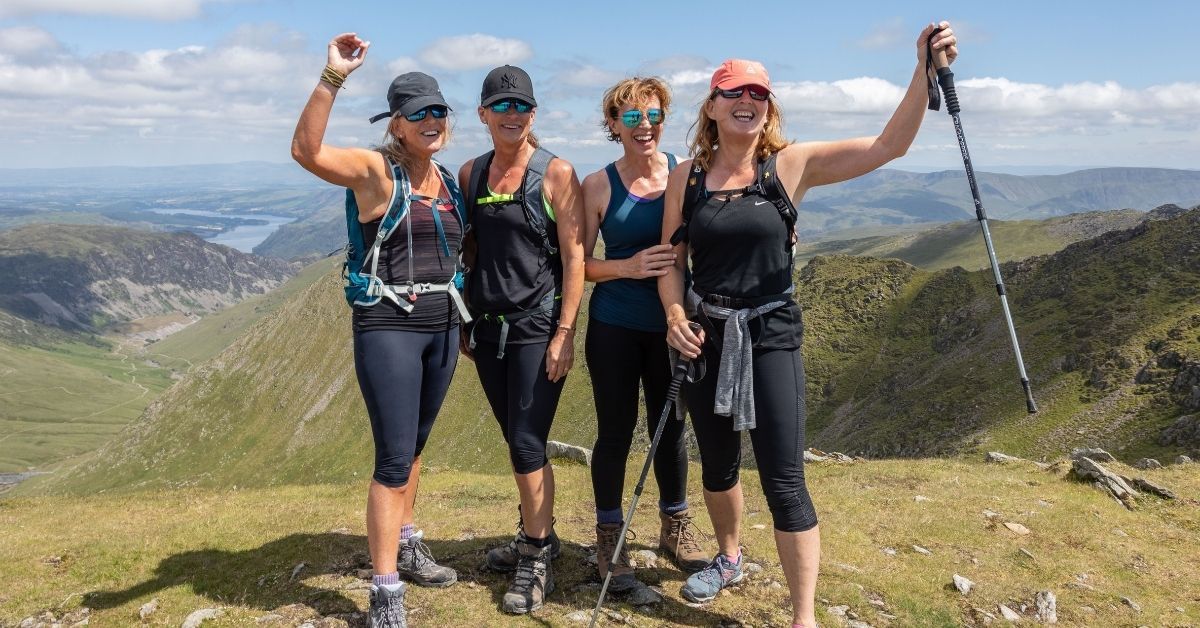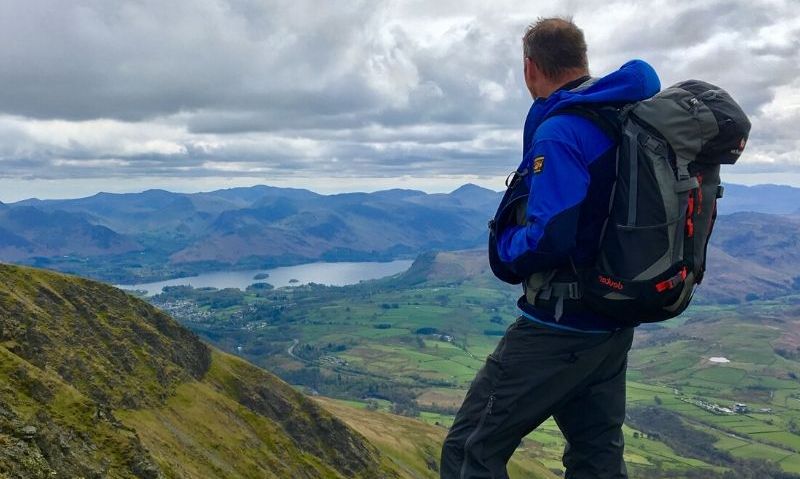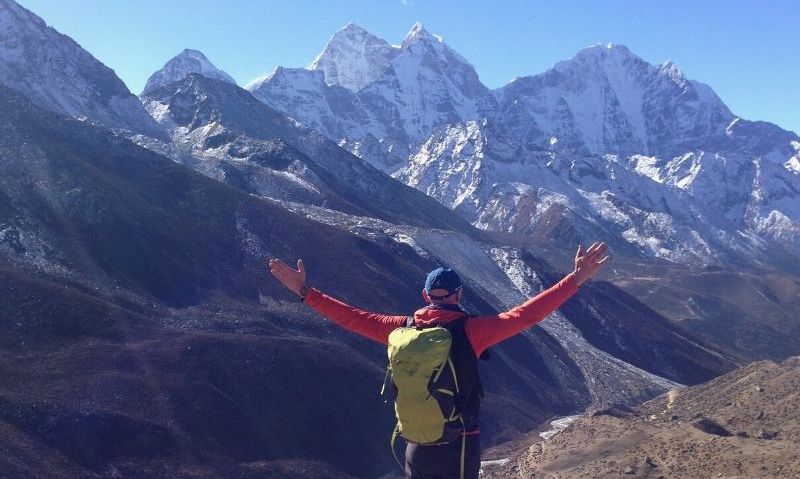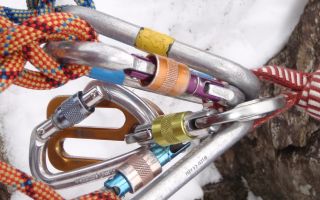10 Steps to help you prepare for a long distance, multi day trek or DofE Expedition
Category: Advice & Guidance
Posted by The Adventure Element

When the good people at GEFCO began planning their 52 mile long distance, multi day trek for charity, they needed some training advice. We were more than happy to create a training plan along with these Top 10 tips to prepare for a long distance trek.
Do not underestimate it, long distance trekking doesn't come easy.
Of course, we’ve all been walking since we were toddlers. However, this does not mean we can all complete a long distance hike/trek/walk with ease. Especially if you are planning a multi day trek or DofE Expedition.
With a good base level of fitness along with some endurance and cardio vascular training, the trek will still be hard work, but the enjoyment levels will be higher and you’ll minimise the risk of injury.
The pay off for getting fitter and training for your trek will be:
- Enjoyment levels increase as you travel through some incredible places
- Increased satisfaction of completing your challenge
- The overriding feeling of smugness as you walk across the finish line injury free (hopefully).
- Maintaining a huge smile on your face throughout the challenge.
You don’t have to be an Iron Woman/Man to complete a long distance trek. Far from it. Trekking is available to anyone; you just have to be sensible and work a bit for it.
**A full 16-Week training plan is available at the end of this post for you to download**
Step 1 - Start walking NOW
The best way to prepare for a really long walk? Do some really long walks.
Start with small-ish distances and work up to the length you’ll be trekking on your trip/event. When you start your training, leave a day in between each walk to let your body recover. But as your body gets fitter, try to do back-to-back sessions each day – it’ll help build your stamina and endurance.
Step 2 - Make leg-based cardio part of your training plan.
Cycling is a great way to buildup muscle in your legs, but, football, squash and swimming are all great too. If you’re more into gym workouts, mix up your spin classes or cycling bursts with squats and lunges (the more weight, the better).
Step 3 - Take the stairs very chance you get.
The key muscles for you to build are your class and quads. Climbing the stairs instead of taking the lift or escalator are great for building base level fitness.
Step 4 - Analyse how you walk.
Just because you’ve been walking since you were a baby, it doesn't mean you’ve been doing it correctly. Take some time to look at how you walk.
- Ensure you’re striking the ground heel first.
- Roll through to your toes and propel forwards. This will prevent shin splints and tendon pain.
- Head up, eyes forwards looking ahead to prevent neck pain.
- Shoulders level.
Step 5 - Train on different terrain.
Preparing your legs, ankles and feet for varying terrain will help your body to cope with the range of surfaces and undulations during your trek.


Step 6 - Get out there, even when it’s raining!
It is possible that you will have a range of weather during your trek, so in the same way you’re getting body fit, get mentally tough by training in the rain, the wind and the heat!
Getting out in all weathers, also mean you can test your kit out. You don’t want to get in to your event only to find out that your waterproof jacket you’ve had in the cupboard for the past 10 years, is no longer waterproof!
Step 7 - Try using walking poles.
Honestly, walking poles can be a real game changer in terms of energy saving, power and propulsion whilst walking and for removing unneeded pressure off your knees.
Walking poles can take 20% of pressure off your knees when walking down hill, whilst also giving you additional stability.
But - You must practice with them. It is very easy for them to become a trip hazard if you don’t know how to use them. There are plenty of videos on YouTube which will show you the correct ways of using them.
Step 8 - Train with all of your kit.
As your fitness levels increase, get out there with all of your planned kit for the trek. Having a weighted bag will mean that your body will not go in to shock during your trek by having to carry additional weight.
This is also another opportunity to test out the kit you’re be carrying. Better to be prepared than found out during the event.
If you really want to increase your fitness, carry a bag that is heavier than you’ll be carrying on the trek. This will make the trek feel super easy!
Step 9 - Train with the right fuel & STAY HYDRATED!
We can not stress enough the importance of using the right fuel for your body and to train with it. You will be burning an immense of calories and these need to be replenished, before, during and after your day.
You’ll burn in the region of 3000 - 4000 calories per day during your trek. Just eating your regular meals will not be enough. Conversely, relying on energy products such as gels and bars, if not used correctly will only make you feel weaker and will upset your stomach if your body is not prepared.
- BREAKFAST - We would always recommend porridge as it has slow release carbohydrate used for energy. Add banana and honey for an additional boost.
- DURING THE DAY - As well as a good packed lunch add in snacks through out the day. Aim to be eating something every 20-30 minutes to maintain energy levels i.e - Nuts, Dried fruit, muesli bars, high energy sweets / chocolate. DO NOT JUST RELY ON LOTS OF SWEETS, YOU WILL JUST HAVE A SUGAR CRASH EVENTUALLY.
- EVENING MEAL - Replenish those lost calories and give your muscles something to use to help with their repair. Have a high protein meal along with carbohydrates. The Carbs will help you for the following day.
Remember - HYDRATE, HYDRATE, HYDRATE!!!
Step 10 - Invest in a good pair of shoes.
You need your feet to be in the best possible condition for the duration of your trek. Picking up the smallest of blisters will seriously affect your enjoyment and potential ability to complete your challenge.
To keep your feet in the best shape possible:
- Try on a few different pairs of shoes or boots to ensure you get a pair that suit your feet. Do not just buy them in the days leading up to your trek.
- Go to a shop to get a professional fitting if possible.
- Wear your shoes/boots everywhere so they feel like a pair of comfortable slippers.
- Wear the socks you’ll be wearing on your trek. Invest in quality socks, and test different socks and combinations until you find the right ones to suit your feet.
- Wash your feet thoroughly each evening to prevent sores.
- Treat any soreness or rubbing as it starts to prevent it becoming a blister.

